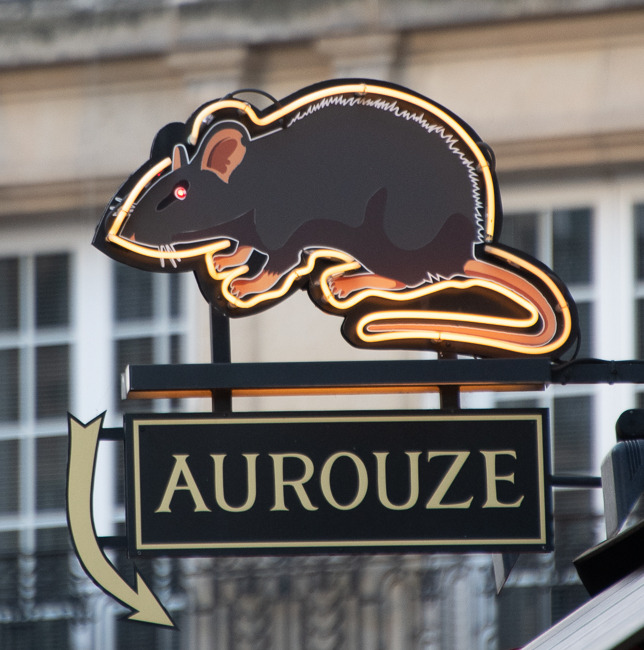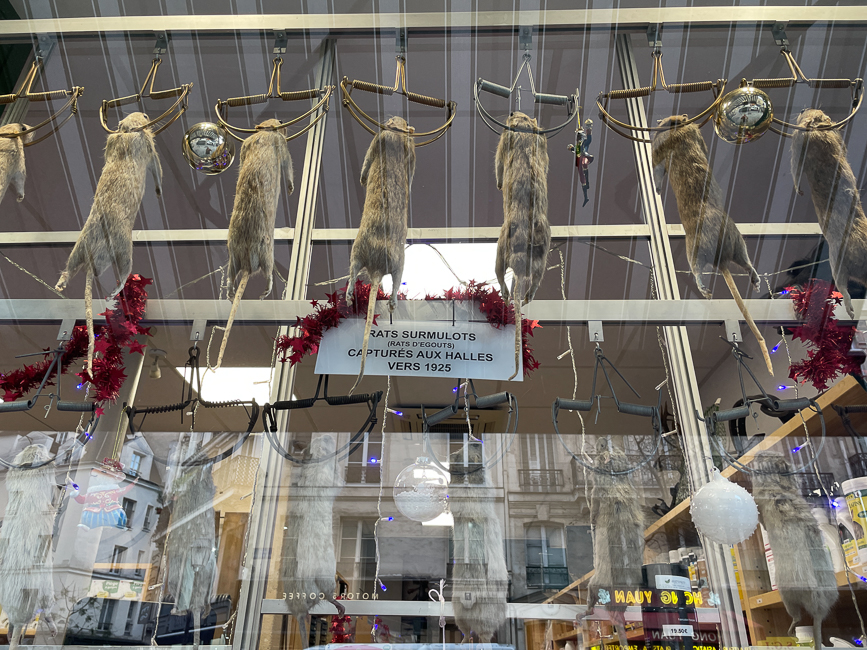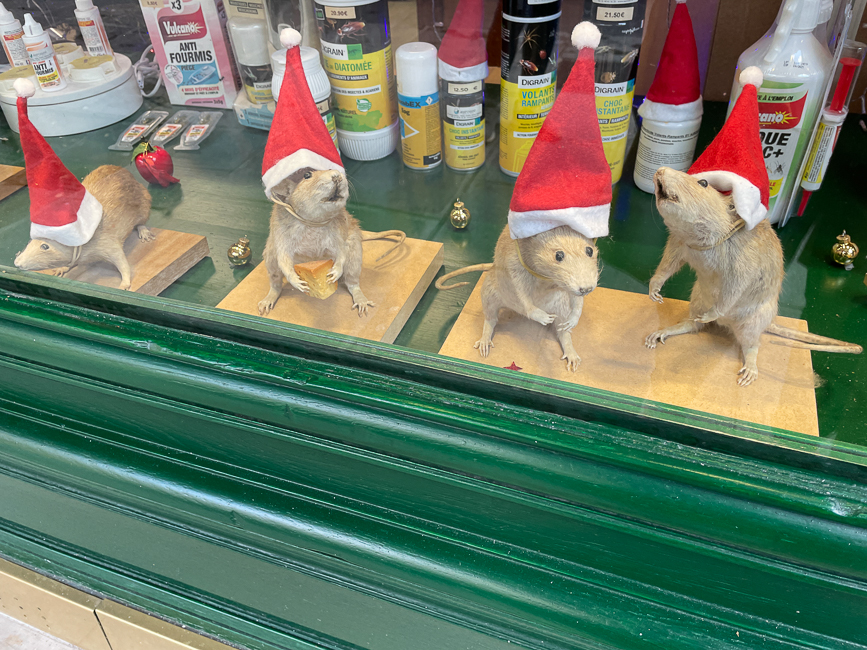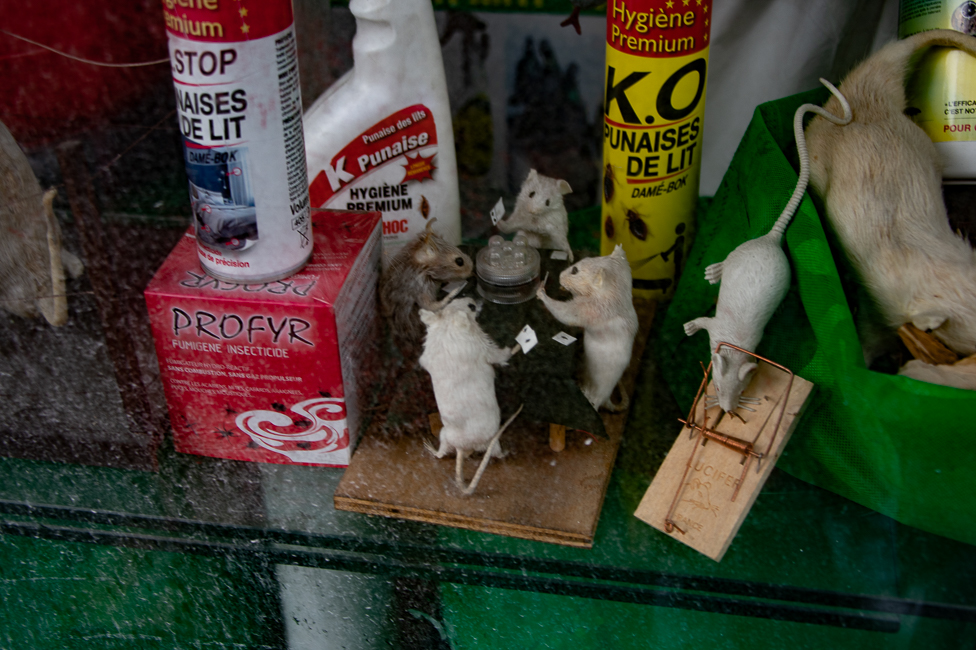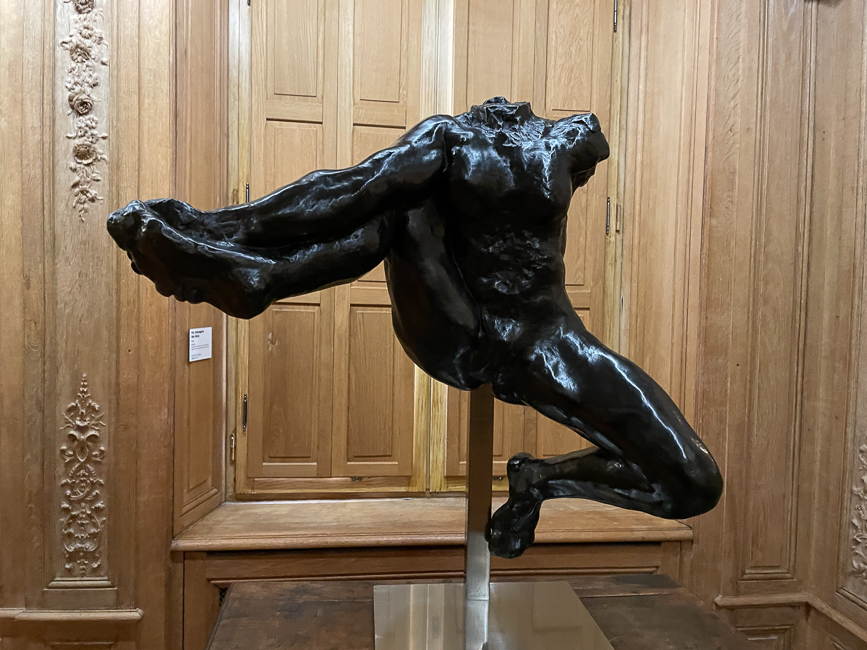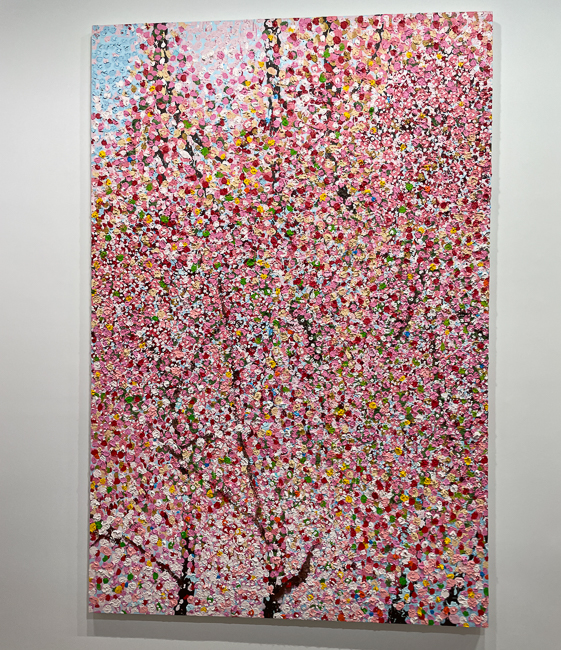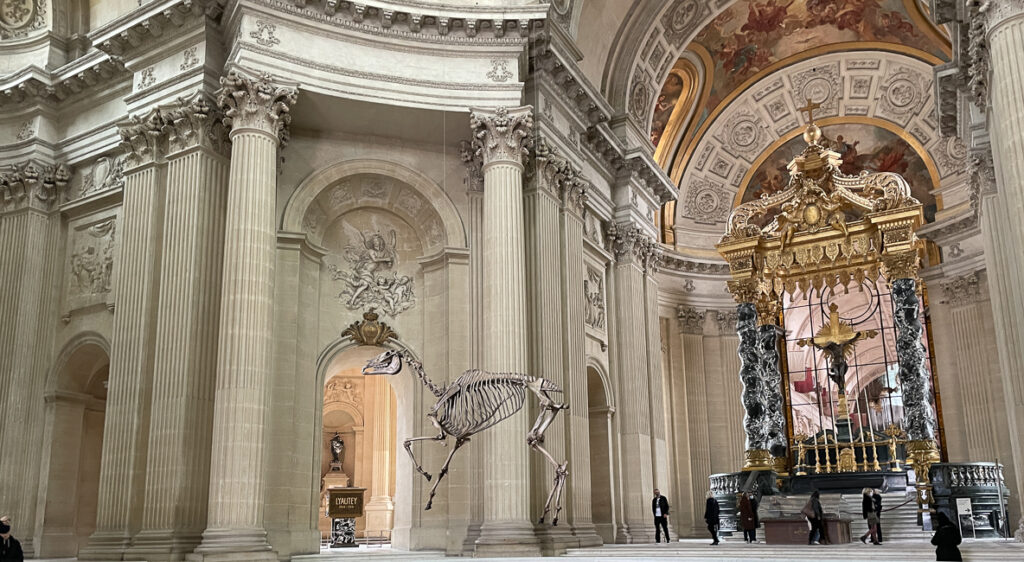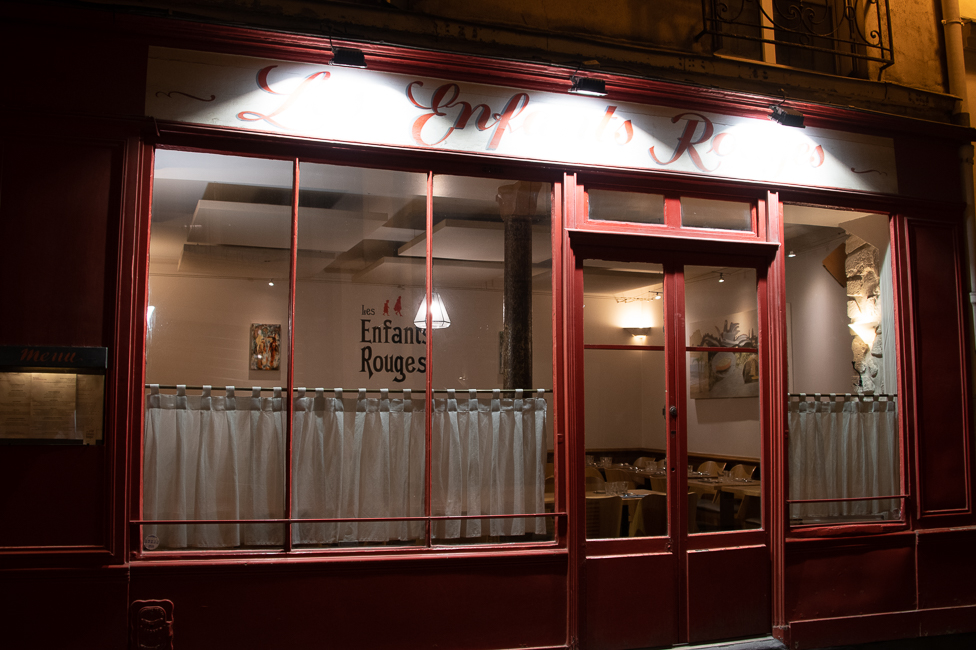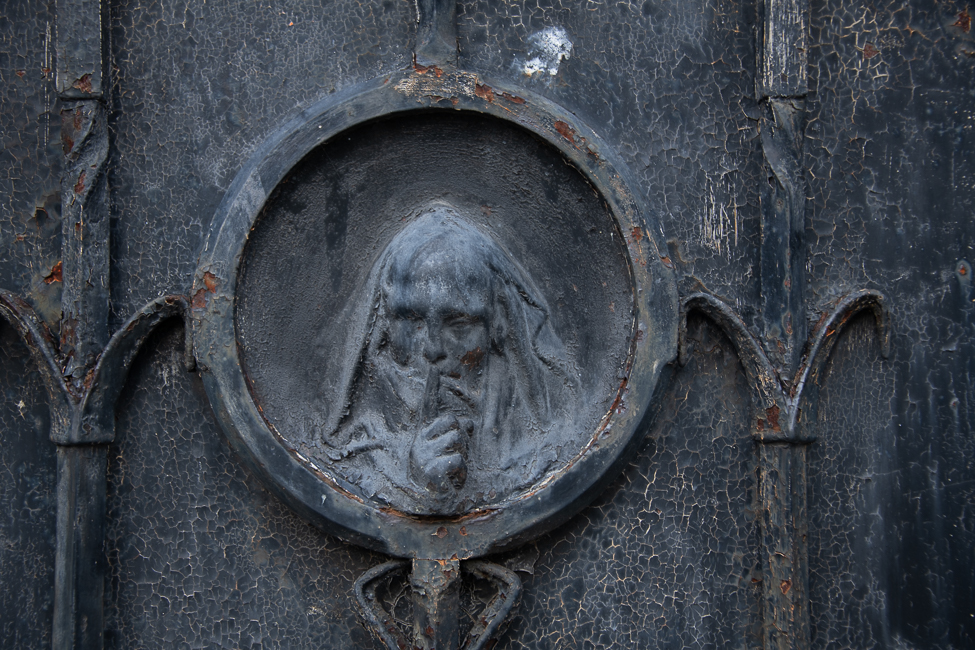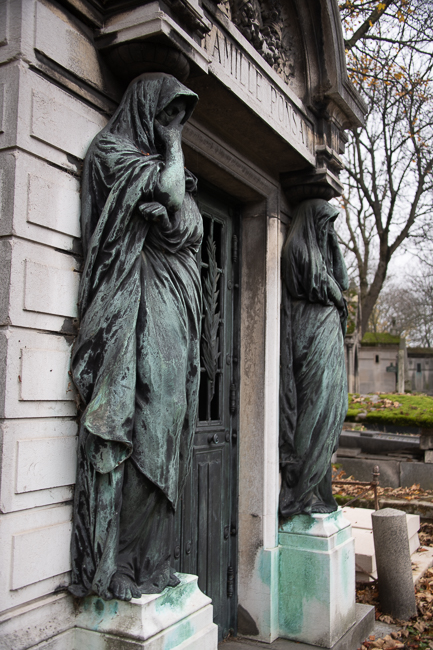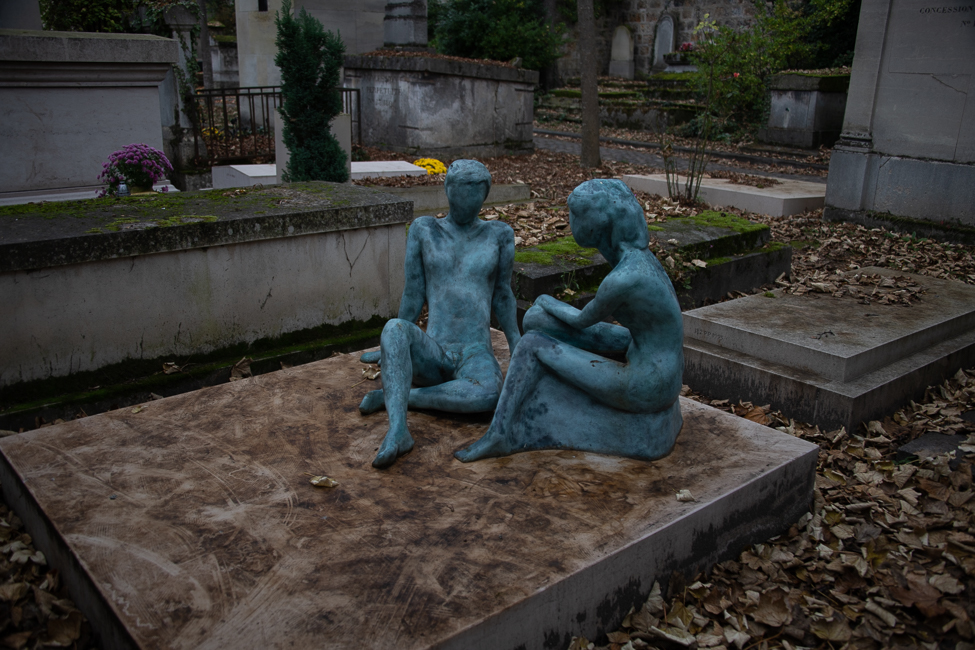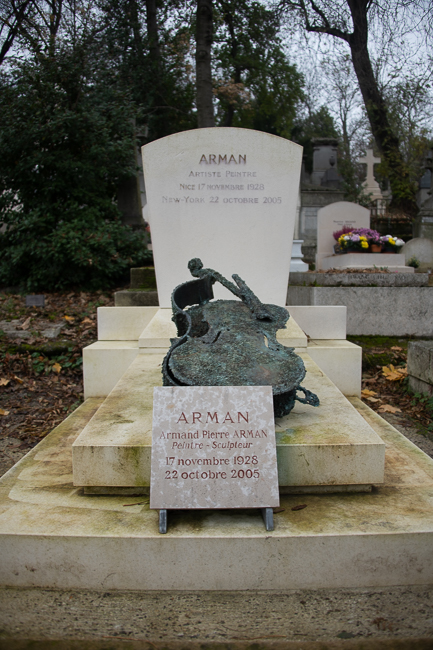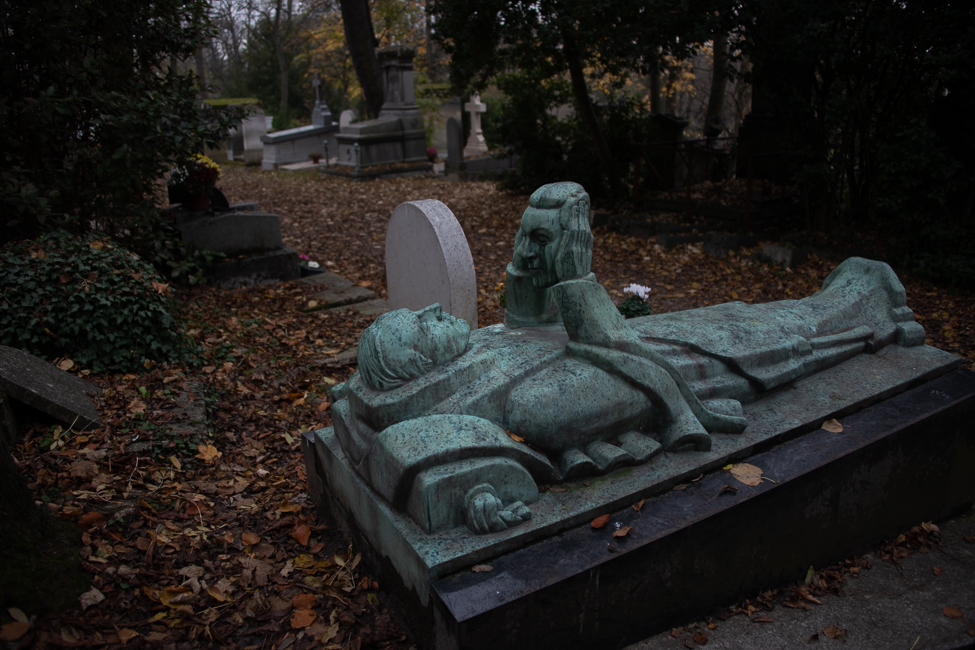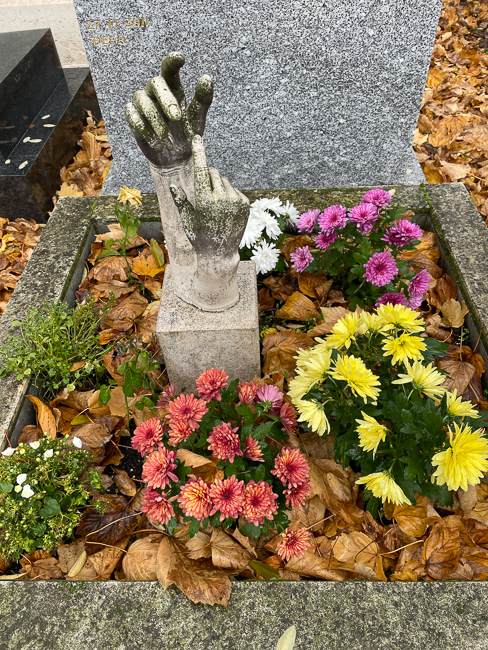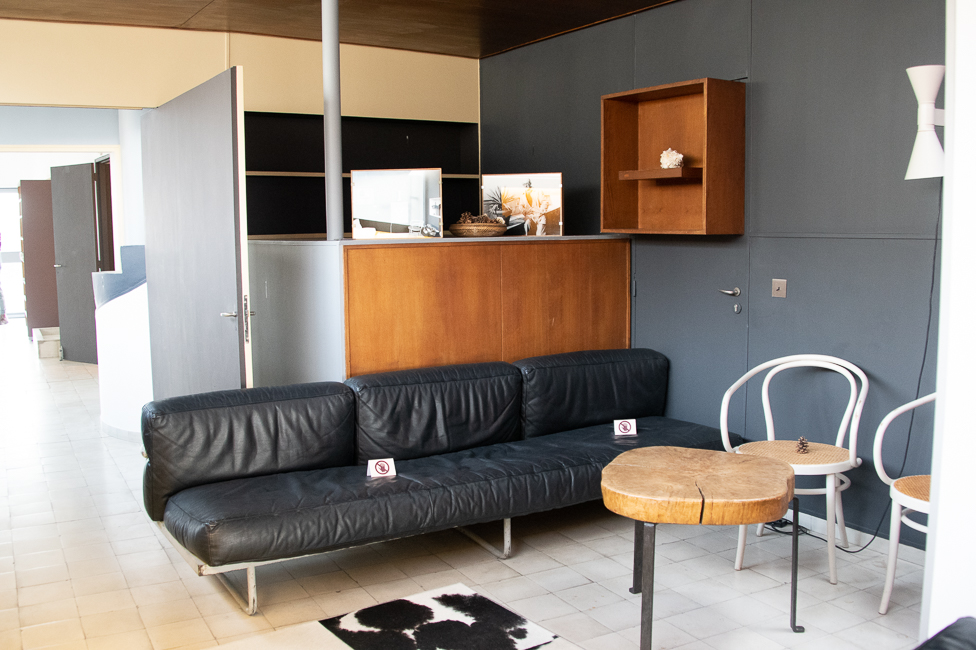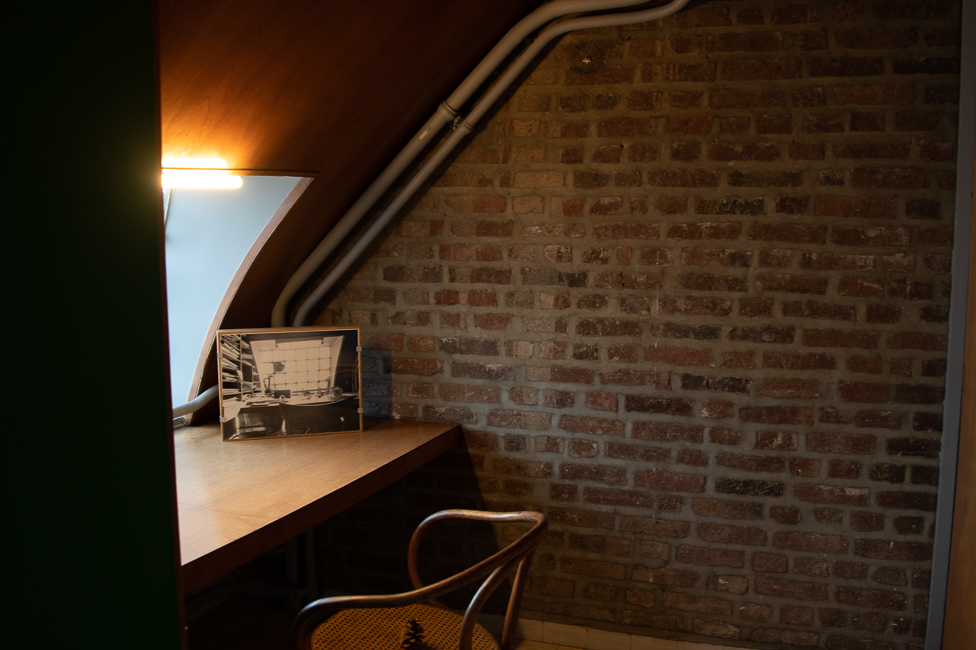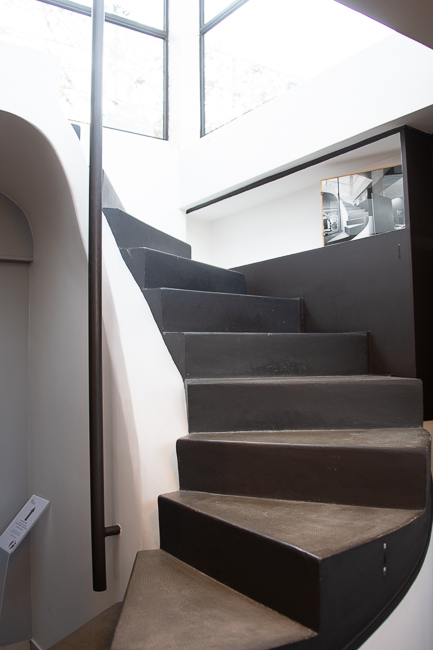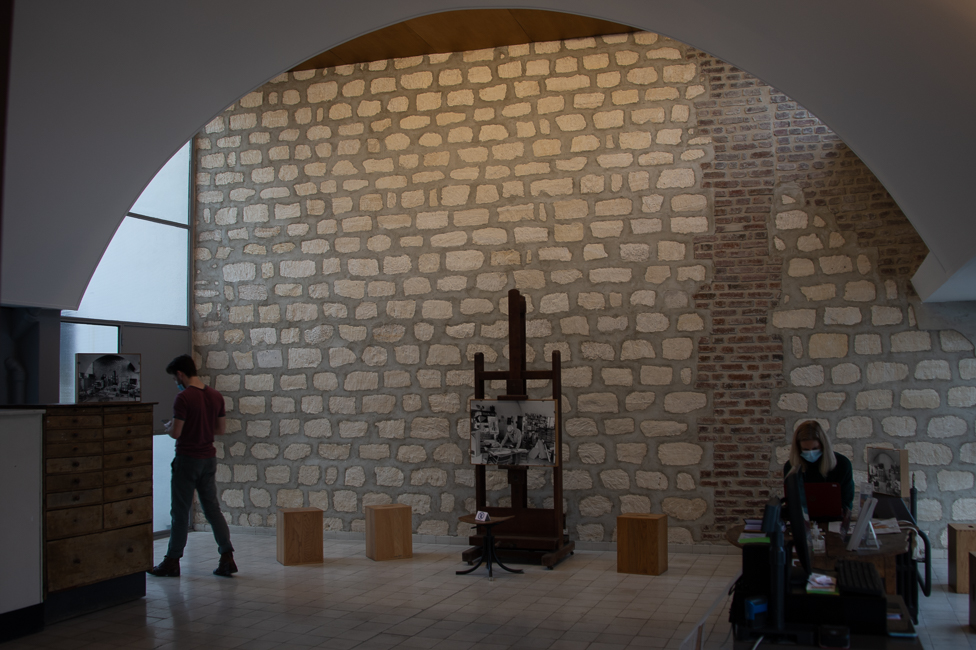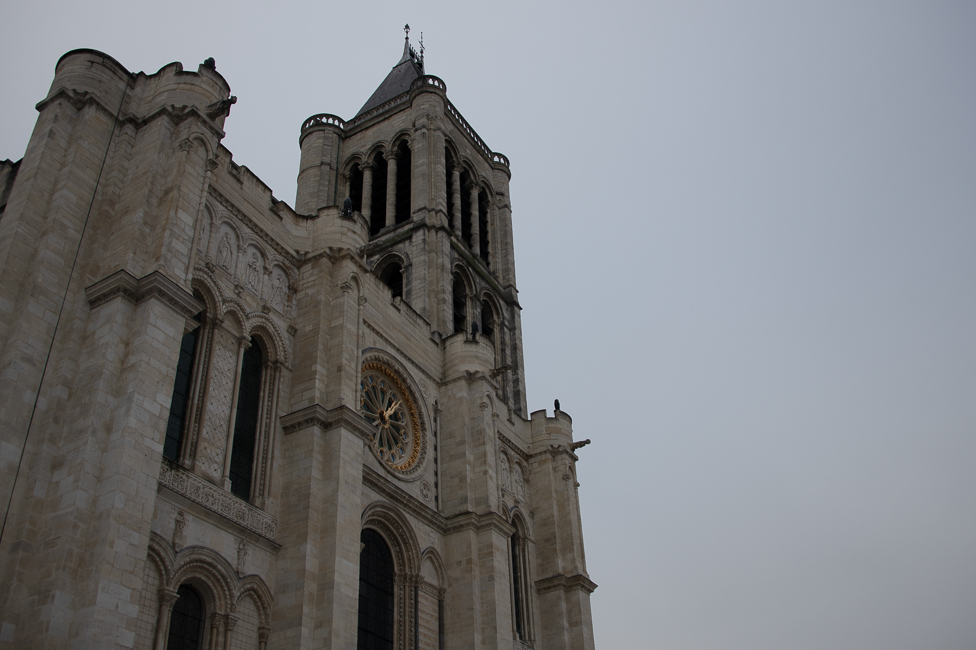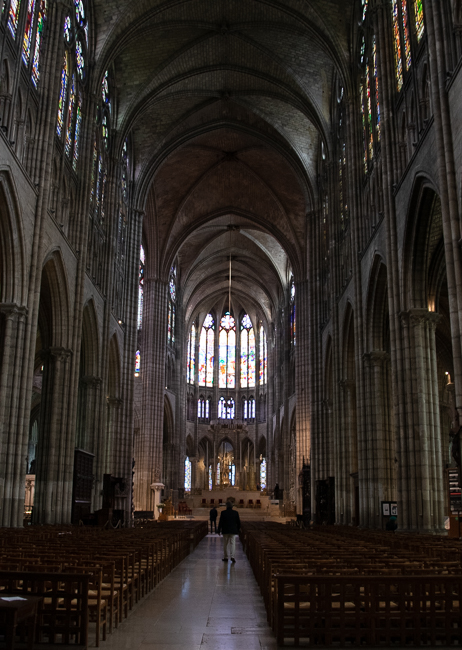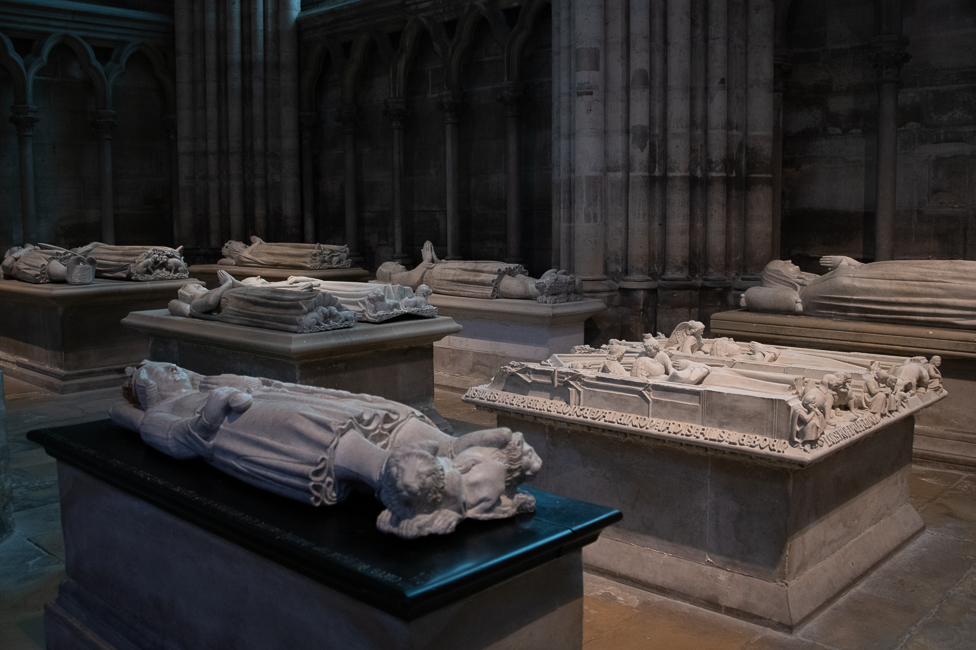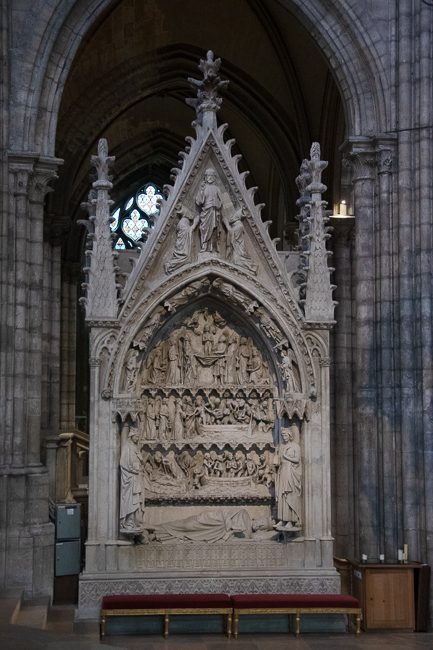December 2021
There are always pictures you take, and places you go that never quite fit into the narrative you have chosen to tell on any given day. Here is a roundup of those things I want to recall but had no place to put them.
What is with the French and their Mice?
If you were a fan of the movie Ratatouie, you might well recognize the name Aurouze, and if not, you should remember this:
In “Ratatouille,” the father of Rémy, the rat who wants to be a chef, shows him a pest-control shop and tells him “humans do nasty things to rodents”.
Aurouze has been killing rats for 135 years. The dead rats hanging in the window, their necks crushed by steel traps, have been there since 1925.
“We’ll never take them down,” Cécile Aurouze, who along with her brother Julien, runs the business founded by their grandfather in 1872.
This was not the only store I saw with such displays, this in the 19th, with its rather dirty windows.
The Maillol Museum
The Maillol was having a special showing of Steve McCurry’s photos, but a glimpse here and there of Malloils stunning sculptures could be had if one worked at it.
Maillol is best known as a sculptor who specialized in statues of female nudes. Associated with the Nabis group, he turned to sculpture in his late thirties (due largely to failing eye-sight). Maillol drew on the narratives of mythology, and focused on sculpting the idealized female figure.
A breathtaking exhibit of the work of Damien Hirst was taking place at the Cartier Foundation, a building, designed by Jean Nouvel, worth visiting all on its own.
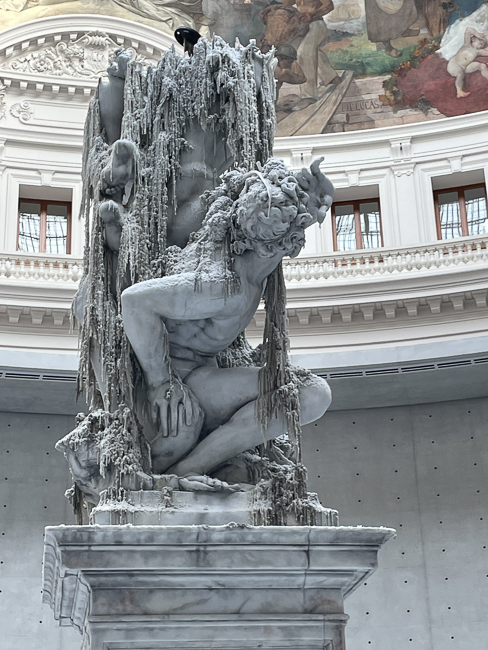 The first art work presented in the Rotunda of the Bourse de Commerce is an installation by artist Urs Fischer, specially redesigned for the museum opening. It took my breath away.
The first art work presented in the Rotunda of the Bourse de Commerce is an installation by artist Urs Fischer, specially redesigned for the museum opening. It took my breath away.
Marengo
No one ever told me that Marengo hung over the crypt of Napoleon at the Invalides.
Paris Catacombs
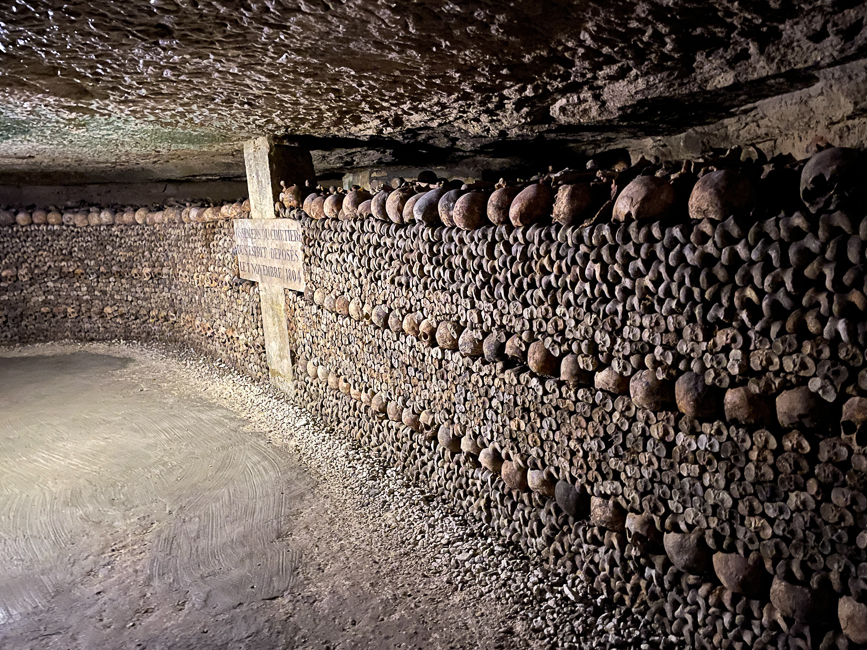 Catacombs have always fascinated me and a tour of the Paris Catacombs is a common thing to do, what I did not know is they were originally a quarry with the stones they removed being used in buildings such as the Louvre, there is a fascinating history in those tunnels.
Catacombs have always fascinated me and a tour of the Paris Catacombs is a common thing to do, what I did not know is they were originally a quarry with the stones they removed being used in buildings such as the Louvre, there is a fascinating history in those tunnels.
The restaurant Le Enfents Rouge at 9 rue de Beauce, is headed by Daï Shinozuka. Hailing from Japan, he apprenticed with Yves Camdeborde and Stéphane Jégo. The food is amazing and creative.
The restaurant is at the back of the Marche Enfants Rouges, or market of the red children, Paris’s oldest food market, which opened in 1615. The name comes from the children at the orphanage next to the market who were required to wear red uniforms.
Cemeteries
I love cemeteries, and Paris is filled with very historic ones that are well documented in every travel book and blog. Here are some graves that I found unique despite not being famous.
Passy Cemetery
Opened in 1820 by 1874 the small Passy Cemetery had become the aristocratic necropolis of Paris. The retaining wall of the cemetery is decorated with a bas-relief commemorating soldiers who fell in World War I.
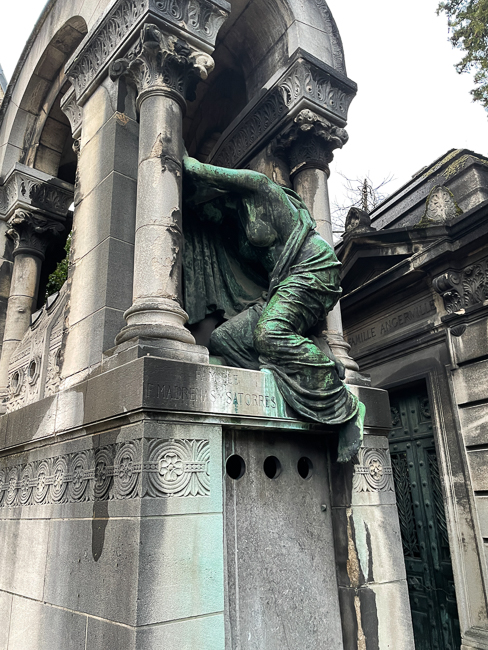
*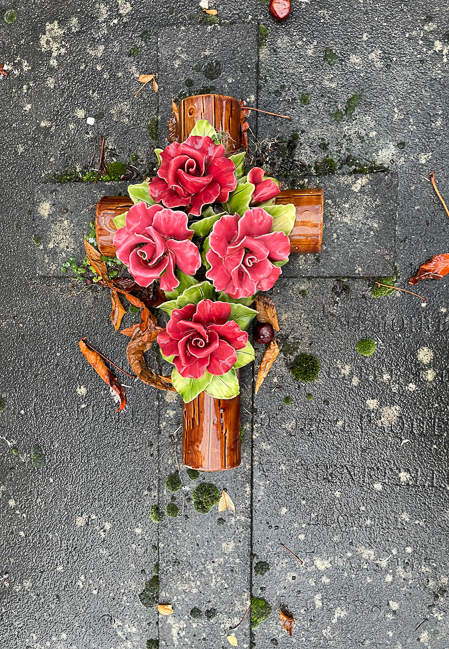 Pere Lachaise
Pere Lachaise
Opened in 1804 and with more than 3.5 million visitors annually, Pere Lachaise is the most visited necropolis in the world.
Montparnasse Cemetery
Created at the beginning of the 19th century, the cemetery has over 35,000 graves and approximately a thousand people are buried here each year
*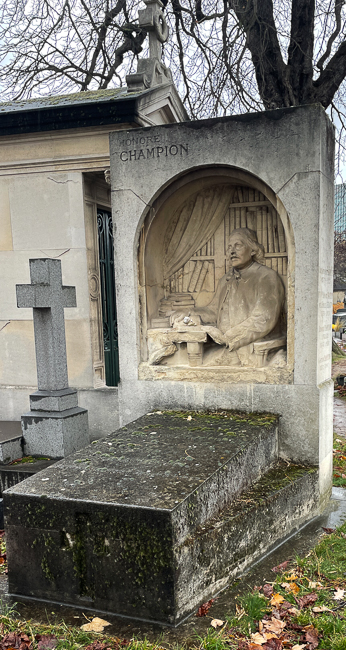 *
*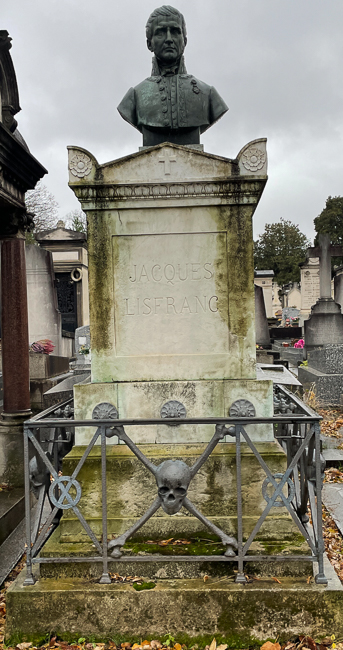
Le Corbusier
There are several places in Paris to admire the work of Le Corbusier, but I managed to only get to two.
The first, in the16th arrondissement, is Villa La Roche (10 Square Du Docteur Blanche) it was commissioned by Swiss banker Raoul La Roche in 1923 as a gallery to display his painting collection. The house is without furniture, and not in terrific shape, but a stroll through was interesting to get a real feel for the incredibly small proportions of the house. – I was so underwhelmed, I forgot to take any pictures.
The second I visited was Le Corbusier’s apartment and studio (24 Rue Nungesser et Coli) that he both designed and lived in from 1934 until his death in 1965. Designated as a historical landmark in 1972, the light-filled space still contains a small collection of Le Corbusier’s personal belongings. Here, I felt the presence of the man and these photos are all from his own apartment.
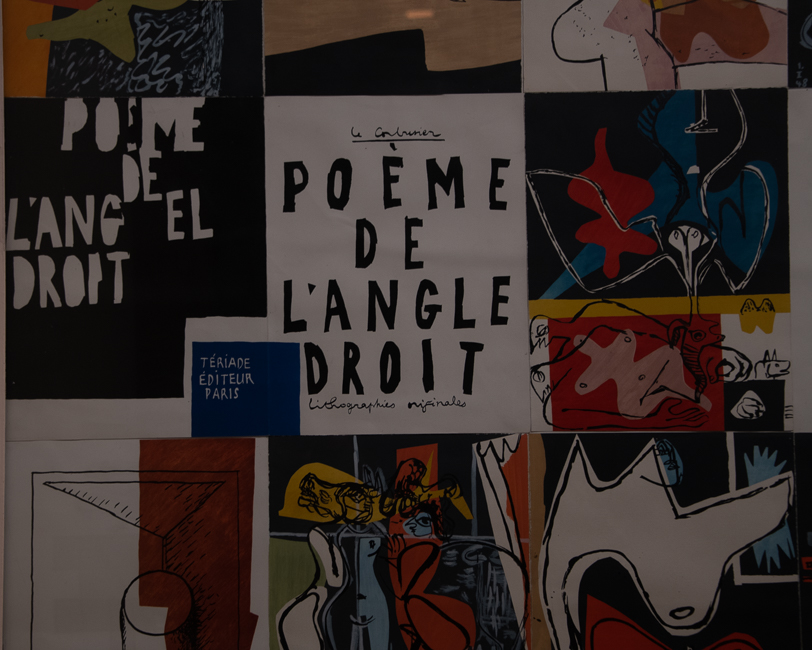
In the lobby is a full wall dedicated to Le poème de l’angle droit, The Poem is a series of 19 paintings and corresponding writings composed by Le Corbusier between 1947 and 1953 and first published in book form as a limited edition of 250 copies in 1955. The Poem of the Right Angle is considered to be his most lucid synthesis of personal maxims
Saint Denis Basilica Cathedral
The Necropolis of the Kings of France
The basilica sits on the site of a Gallo-Roman cemetery where the tomb of Saint Denis is thought to have been. The first Bishop of Paris, Denis was martyred around 250 CE.
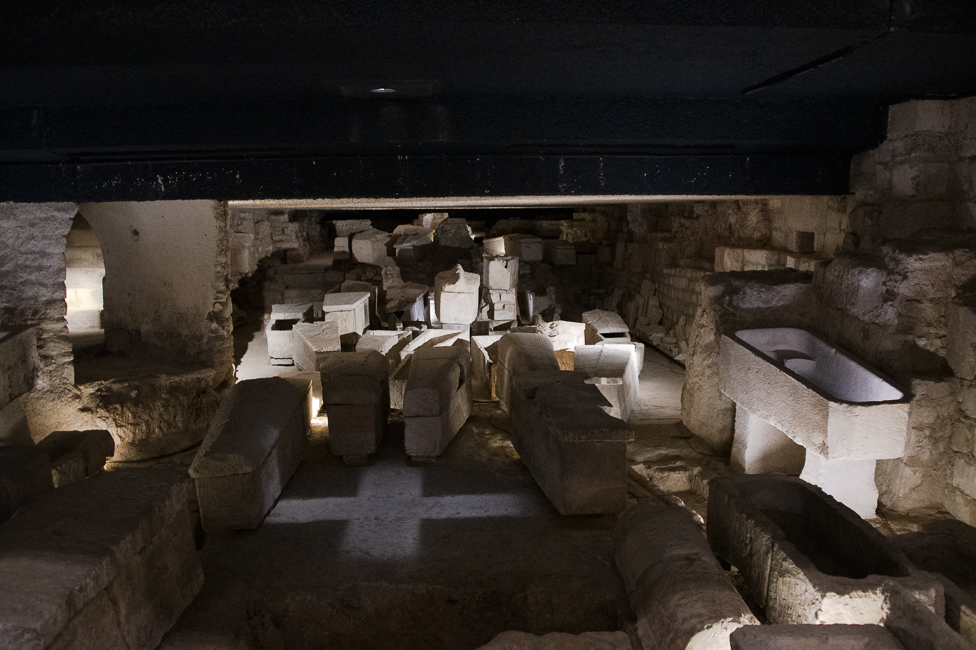
The Archaeological crypt shows the remains of earlier structures. This was a the location of the tombs of the martyred Saint Denis, Rustique and Eleuthere
In the 12th century Abbot Suger turned the abbey into a masterpiece of what came to be known as early Gothic art. He rebuilt the structure using new architectural techniques, such as cross-ribbed vaults. Most of the work was done in the 13th century during the reign of Saint Louis. The building suffered during wars and the revolution and was restored in the 19th century.
Much of what the Basilica is known for is its stunning collection of sculpture
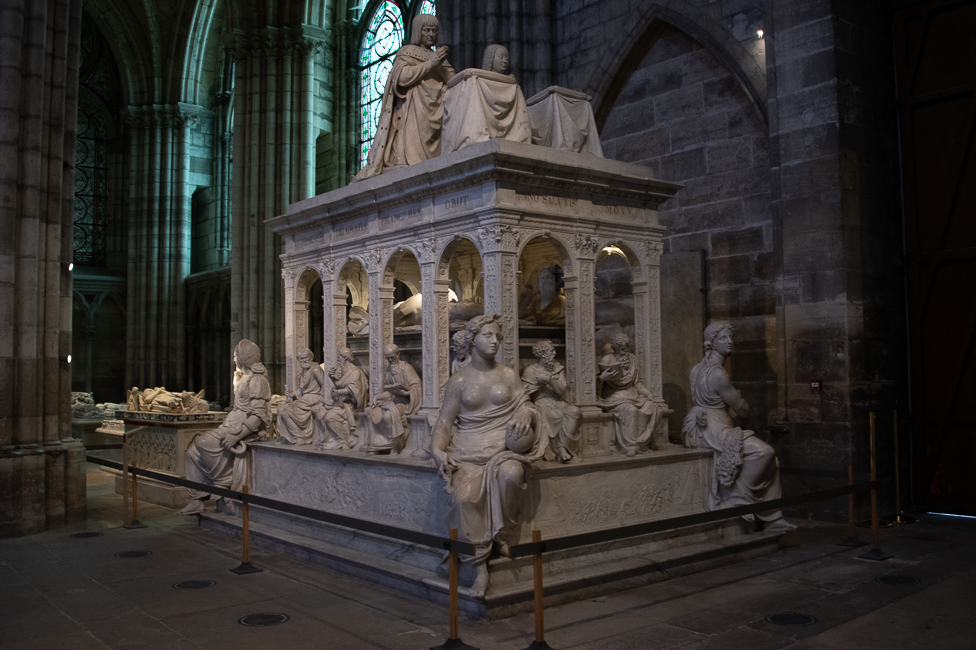
Louis XII and Anne de Bretagne are represented dead, naked and flayed inside the Carrara marble tomb, and alive and praying on the upper part.
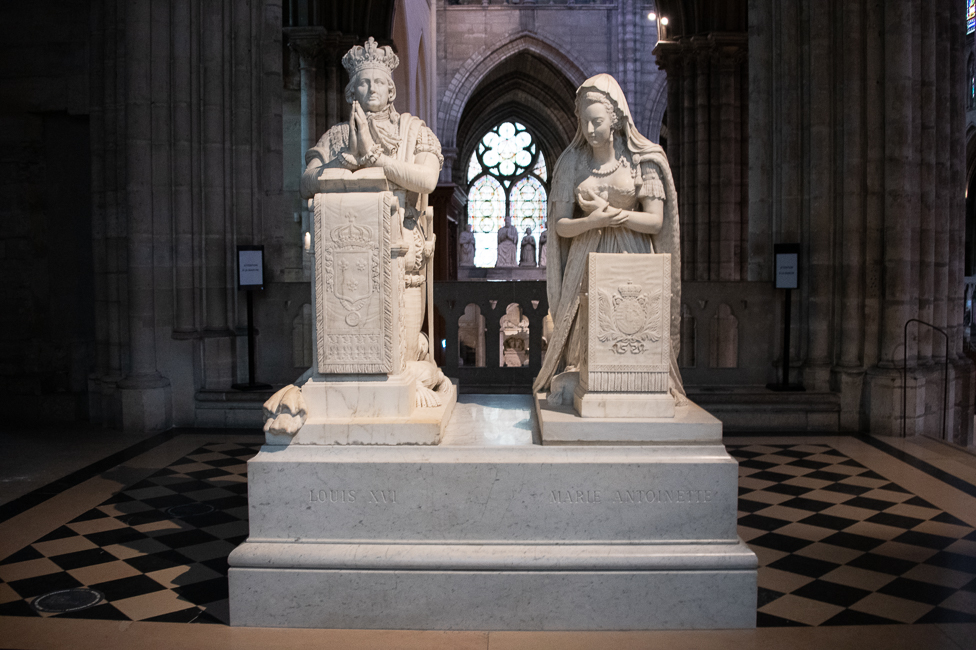
The praying statues of Louis XVI and Marie-Antoinette were commissioned by Louis XVIII when the ashes of the king and queen were returned, the statues were completed circa 1830.
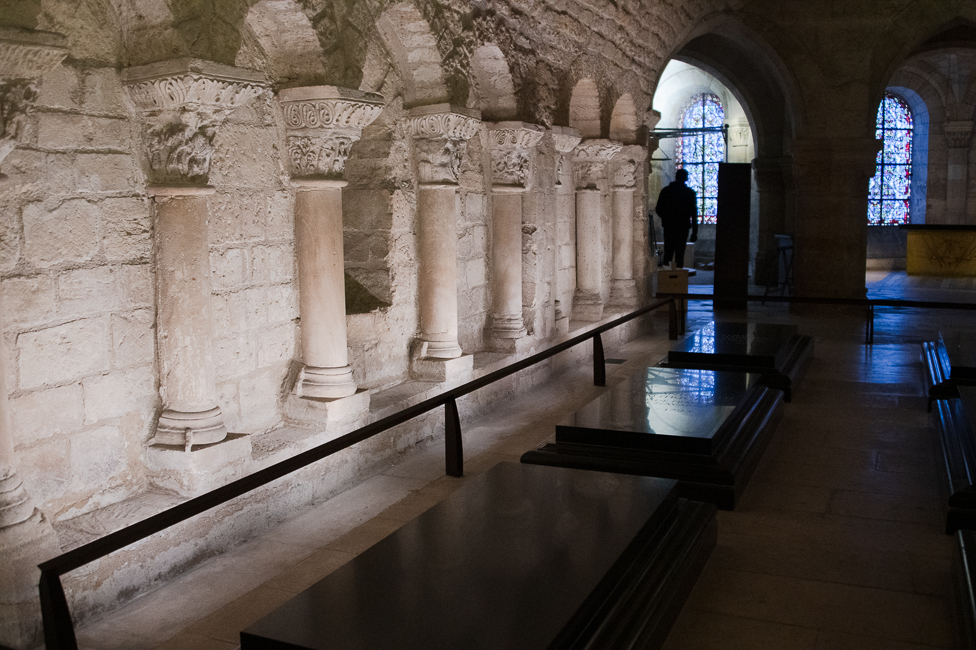
The Bourbon grave holds the remains of Louis XVI and Mari-Antoinette, transferred from the Madeleine cemetery in Paris by Louis XVII, the last king to be buried in the basilica in 1824.
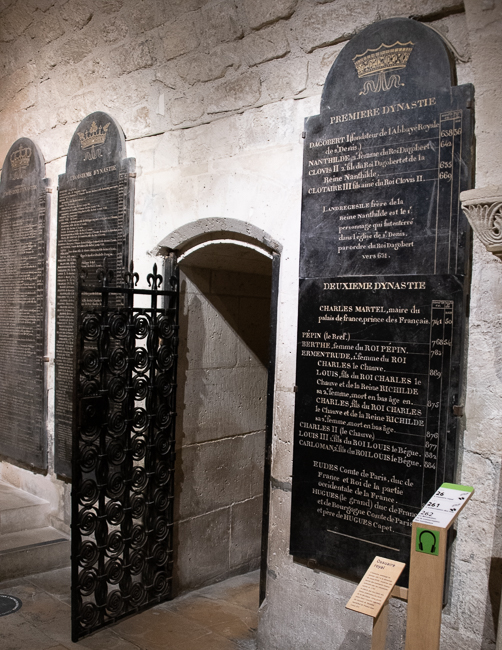
The royal ossuary contains bones exhumed from the royal tombs at the time of the Revolution and gathered together by Louis XVIII
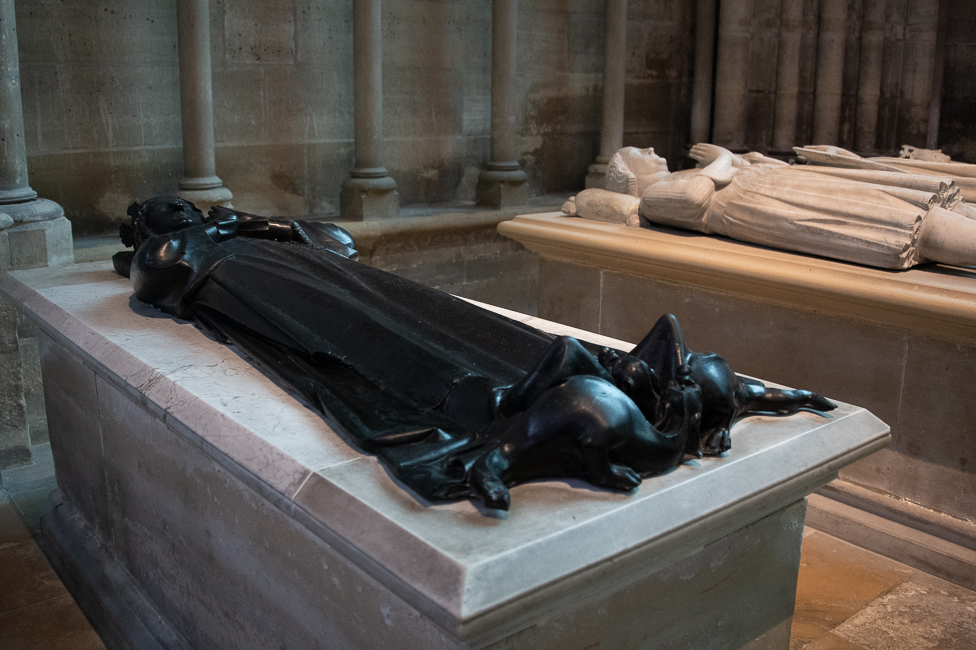
This black stoned funerary effigy made in Tournais stone had been identified by some as that of Mahaut of Artois. And others attributed it to Blanche of Castille. However some elements make it possible to associate this effigy to Marie of Brienne. Her gloves, her crown and her traditional oriental ring, as well as the dragons located at her foot, associated it with Marie, triumphant over evil.
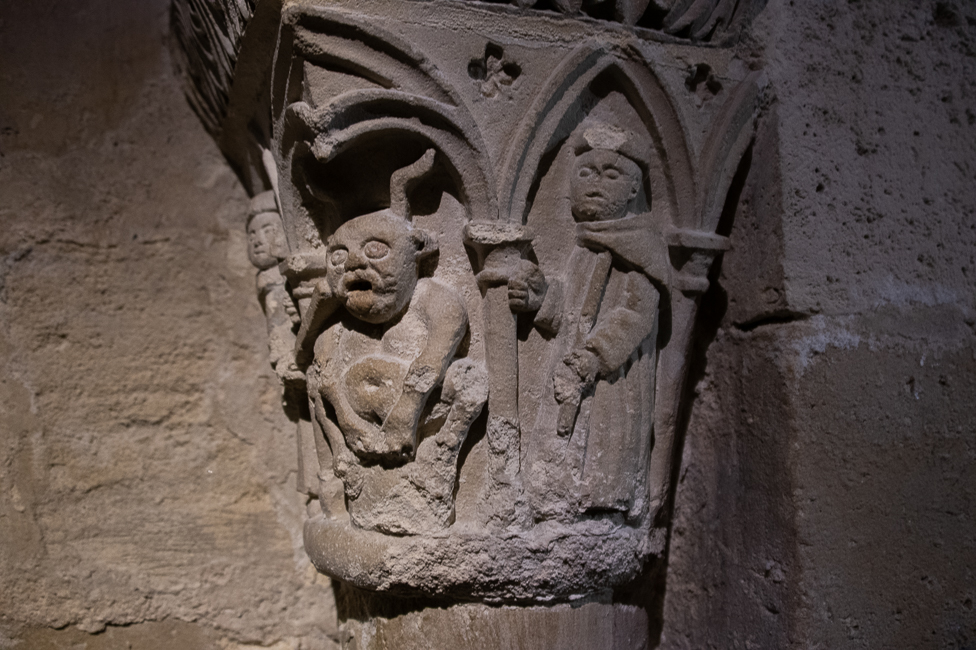
In the crypt is one of the rarer examples of Romanesque style in the Île-de-France. This area also features several storiated capitals
Restaurant to remember: Grand Couer 41 rue du Temple in the 4th
